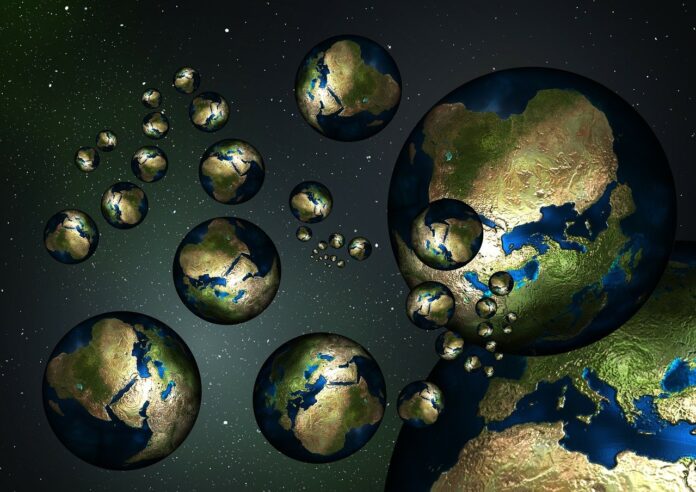 Quantum mechanics continue to surprise scientists. According to many theories, the world around us is full of uncertainty, and the behavior of primary molecules is subject to the laws of possibility.
Quantum mechanics continue to surprise scientists. According to many theories, the world around us is full of uncertainty, and the behavior of primary molecules is subject to the laws of possibility.
One of the most radical methods is the interpretation of the numerous worlds, which creates all the probably scenarios physically in another parallel world.
However, a new experience was conducted by researchers from a Japanese university that doubts the health of such theory. The results of the study were Published On Preprint Arxiv server.
The dual classic experience, which explains the dual nature of light and material, is an indirect evidence of parallel universes.
When the Light strikes a screen with two holes, it produces a distinctive interference pattern, as if the photons pass through the two holes at the same time. The interpretation of many worlds is assumed that each photon passes through only one opening, with other capabilities that occur in alternative worlds.
Researchers from Hiroshima University decided to complicate the traditional experience. They used a special device called the overlap scale, which can divide the functions of the wave from photons into two different tracks before their reunification.
To test the hypothesis, scientists put special glass panels on each path other than attracting light in a way that compensates for the effects of photons that pass through the two tracks. However, the results were unexpected.
Photons showed signs of reaction in both directions at the same time, although there are no observers. This data argues against the interpretation of many worlds, as they show that particles can be found in several cases at the same time.
Although the paper is still awaiting the official approval of the scientific community, it is already clear that the new work is able to raise hot discussions between theoretical physicists.
After all, it is not only about testing the individual aspects of microscopic physics, but about the possibility of reconsidering the basic ideas about the nature of reality.

